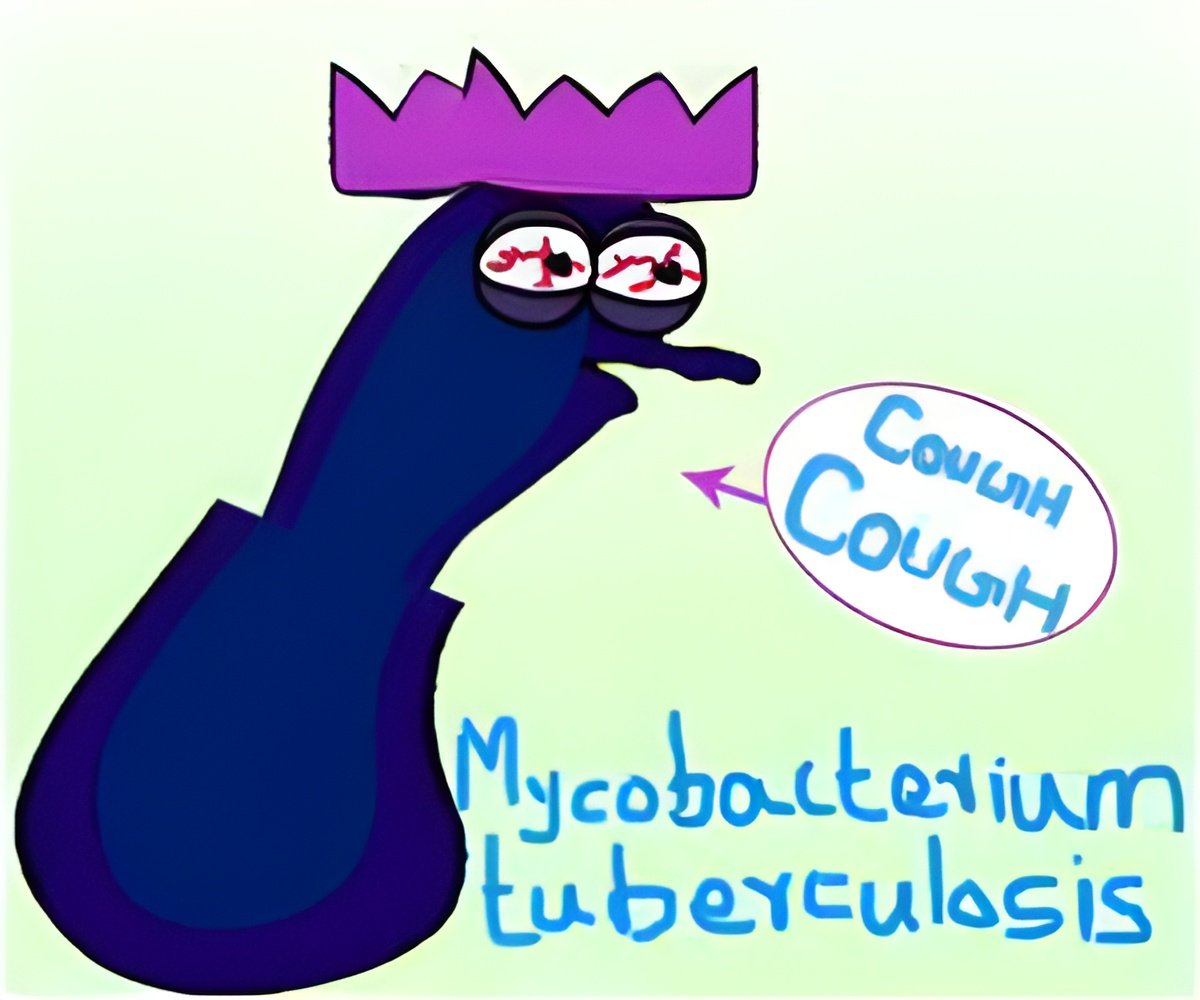
The researchers wondered what would happen if the new blood vessels were kept from forming. If they were important to the host, then blocking this process would only make the infection worse. But if their purpose was to help the bacteria grow and spread, then blocking the process could help contain the infection. To differentiate the two possibilities, the researchers dropped a dose of the anti-angiogenesis drugs semaxinib and pazopanib -- already used to treat cancer -- into the zebrafish's water.
They found that these drugs suppressed the growth of new blood vessels, reduced the numbers of bacteria, and limited the spread of TB outside the granulomas. Importantly, treatment with the popular anti-cancer drug pazopanib tripled the survival rate of zebrafish with TB. The anti-angiogenesis drugs also increased the effectiveness of rifampicin, a first-line TB therapy.
"We think that cutting off vessel growth to the tuberculosis bacteria effectively strangles the pathogen and makes it an easier target for the immune system," Stefan Oehlers said. "Now we would like to show that targeting host blood vessels is effective in other preclinical tuberculosis models."
Source-Eurekalert













